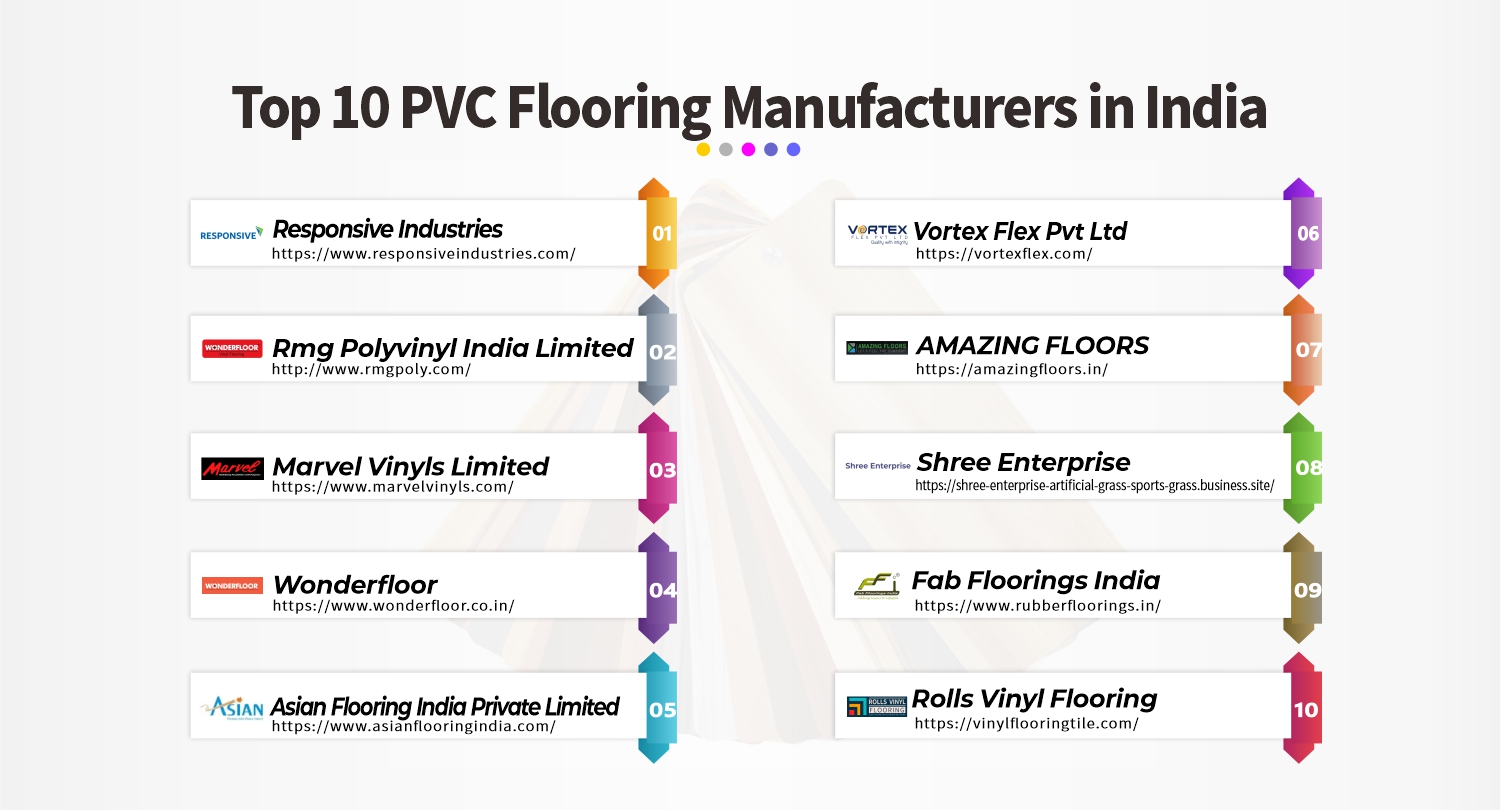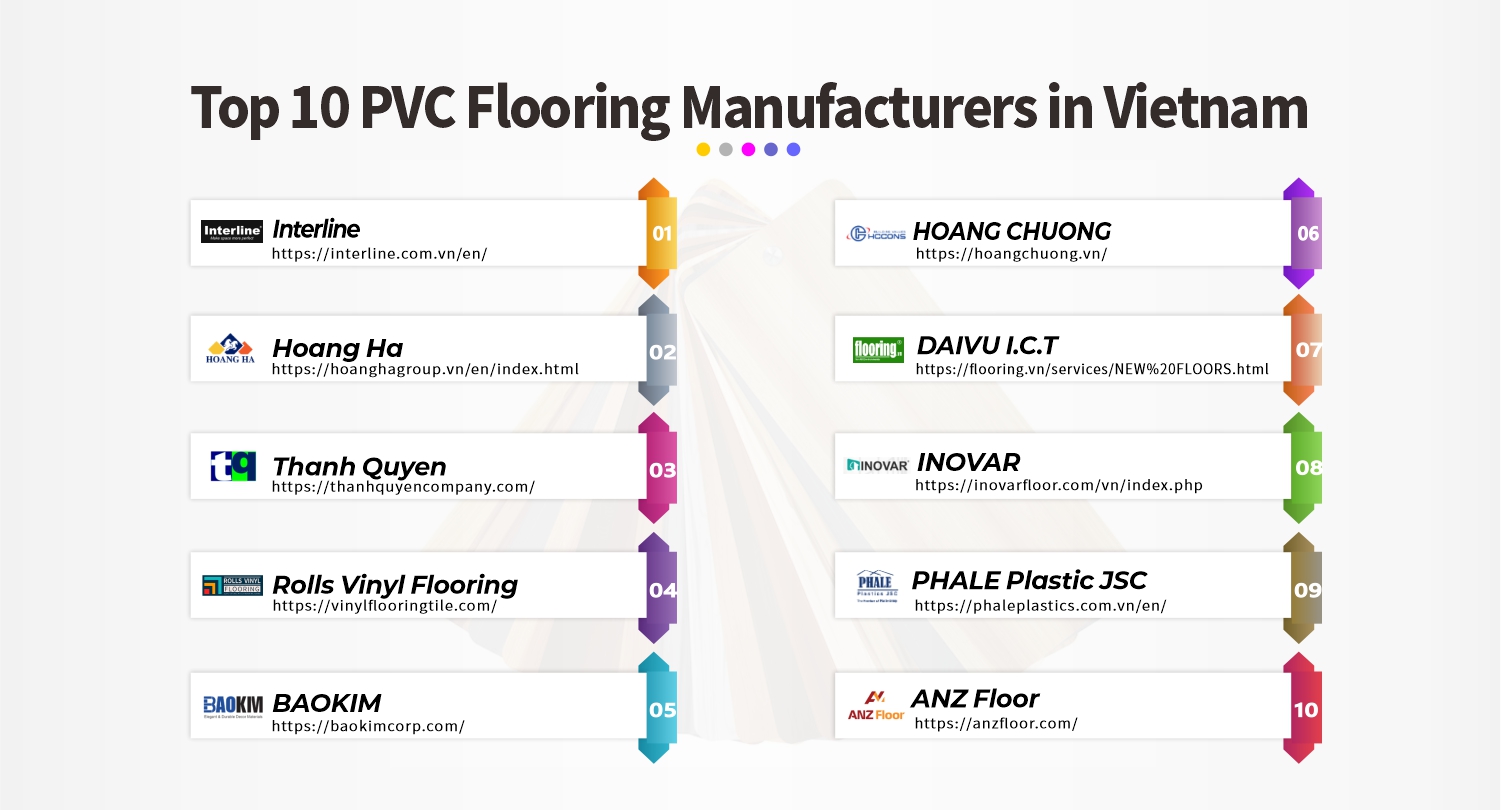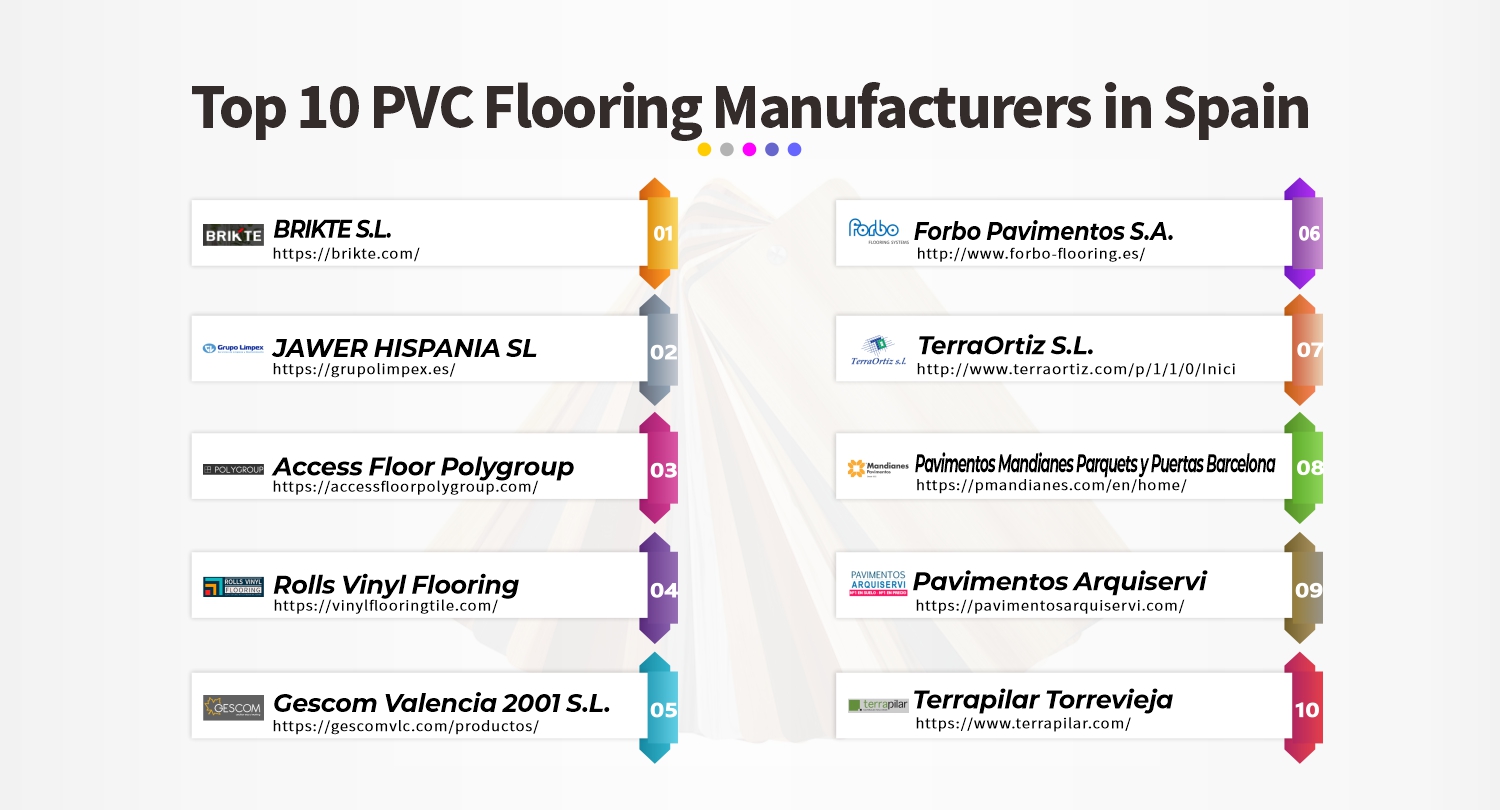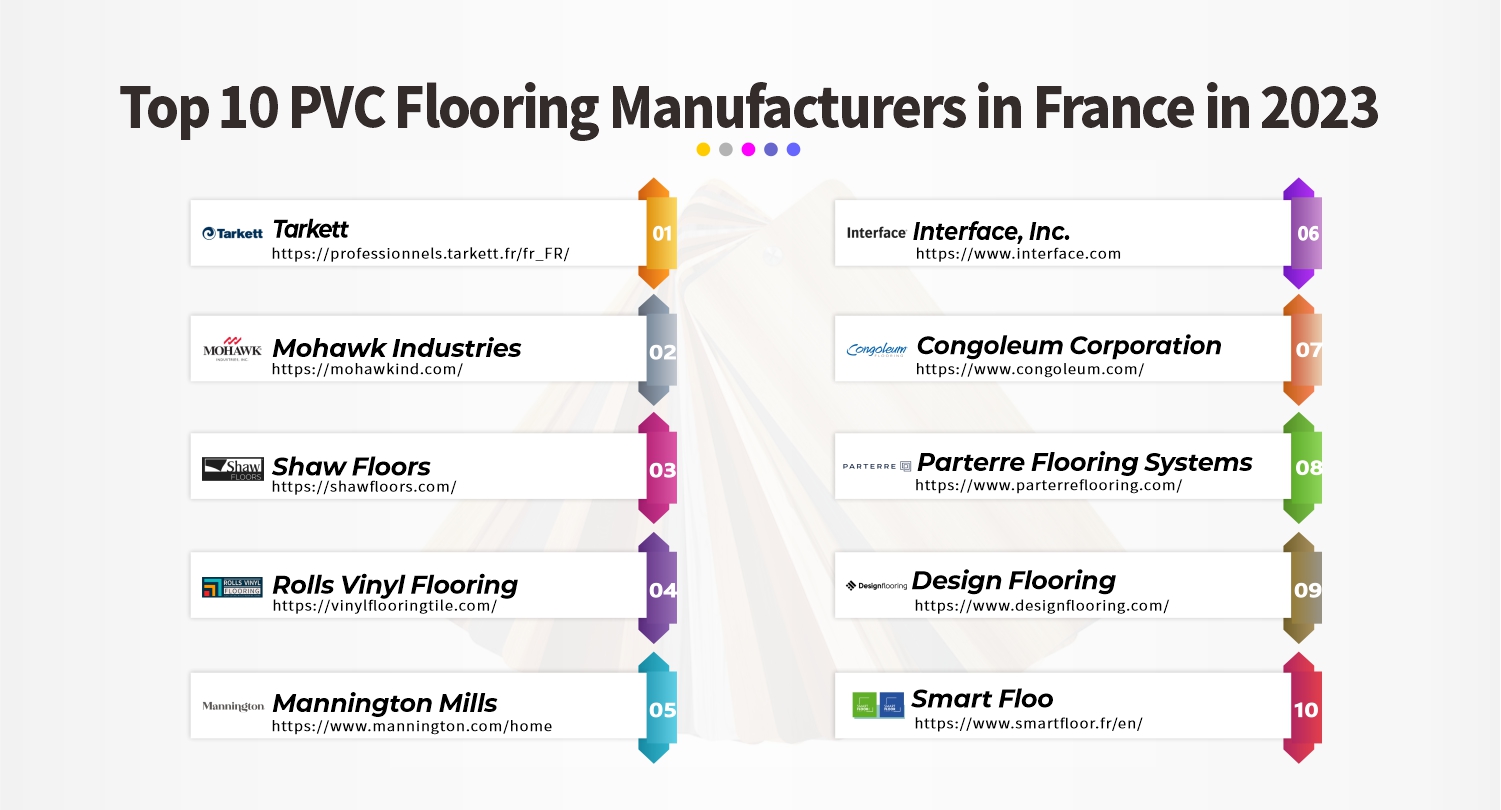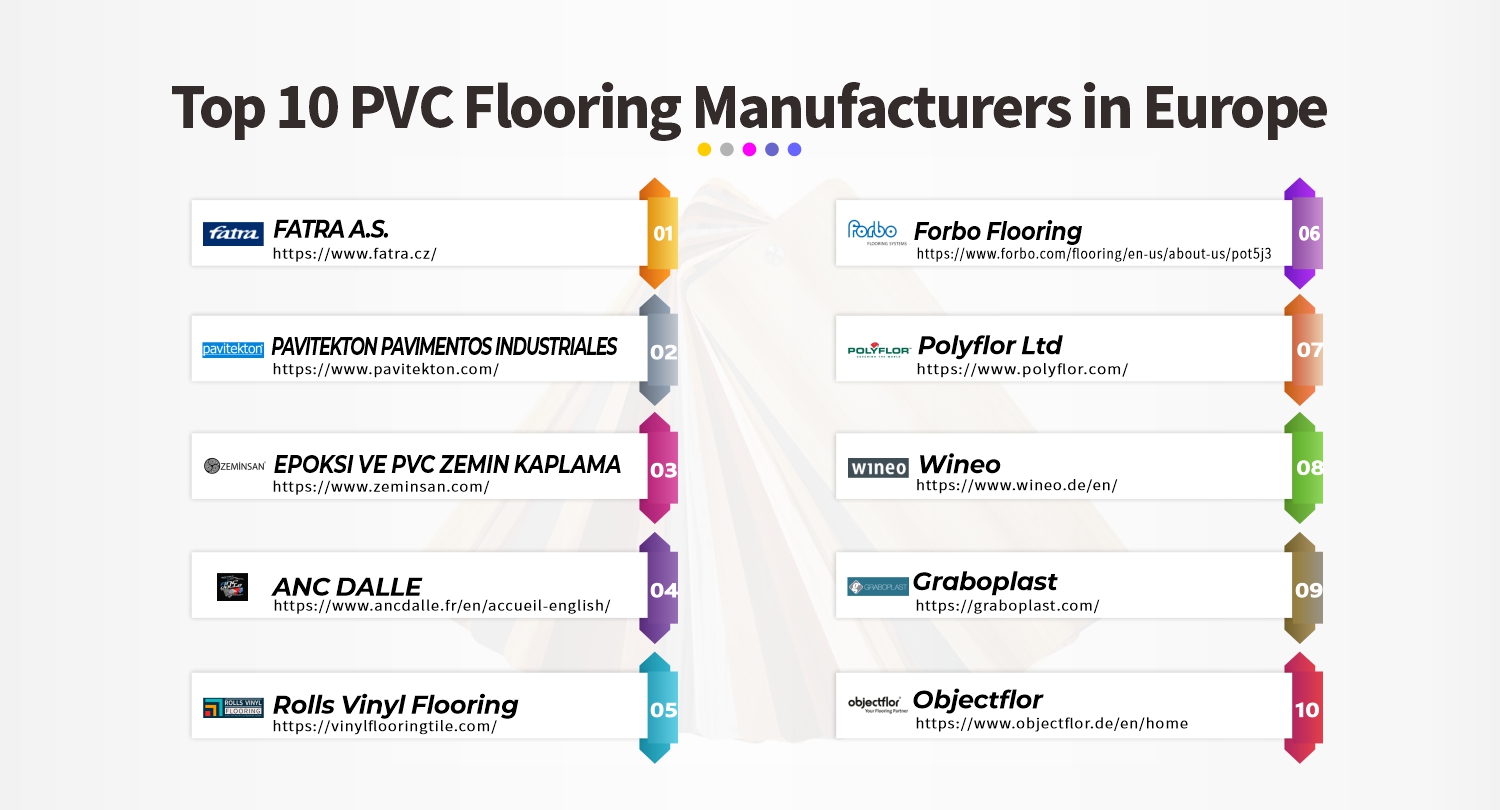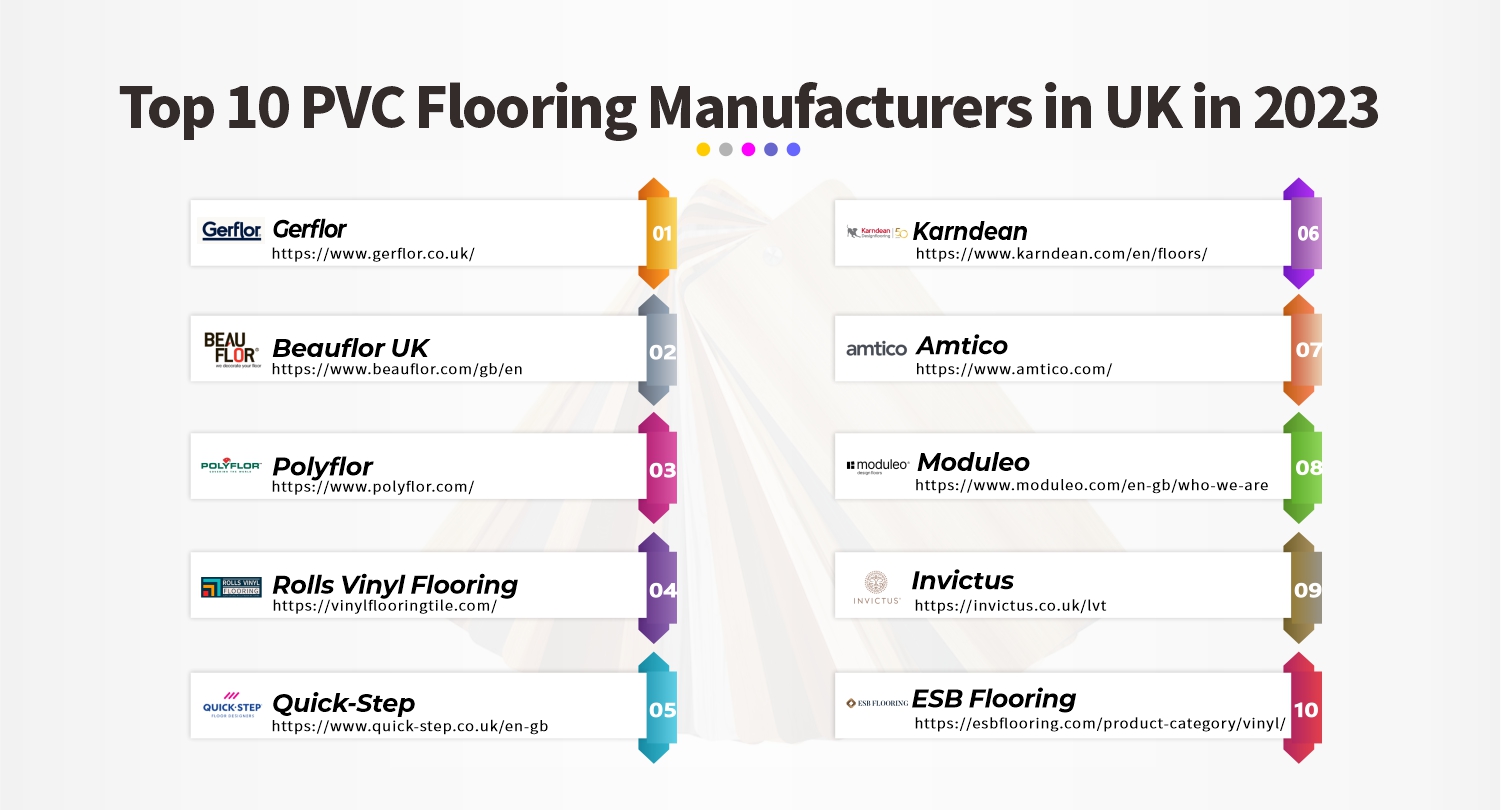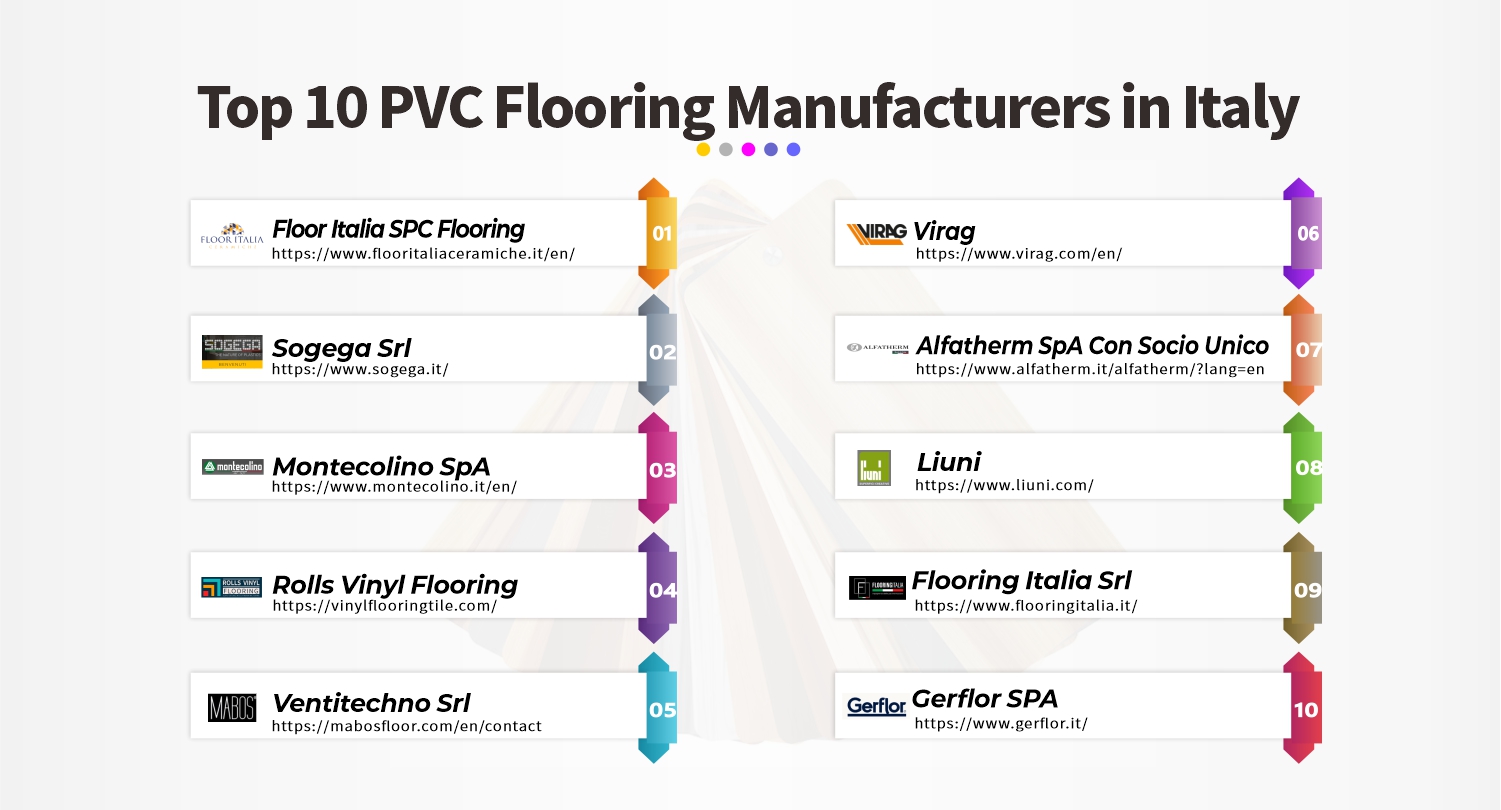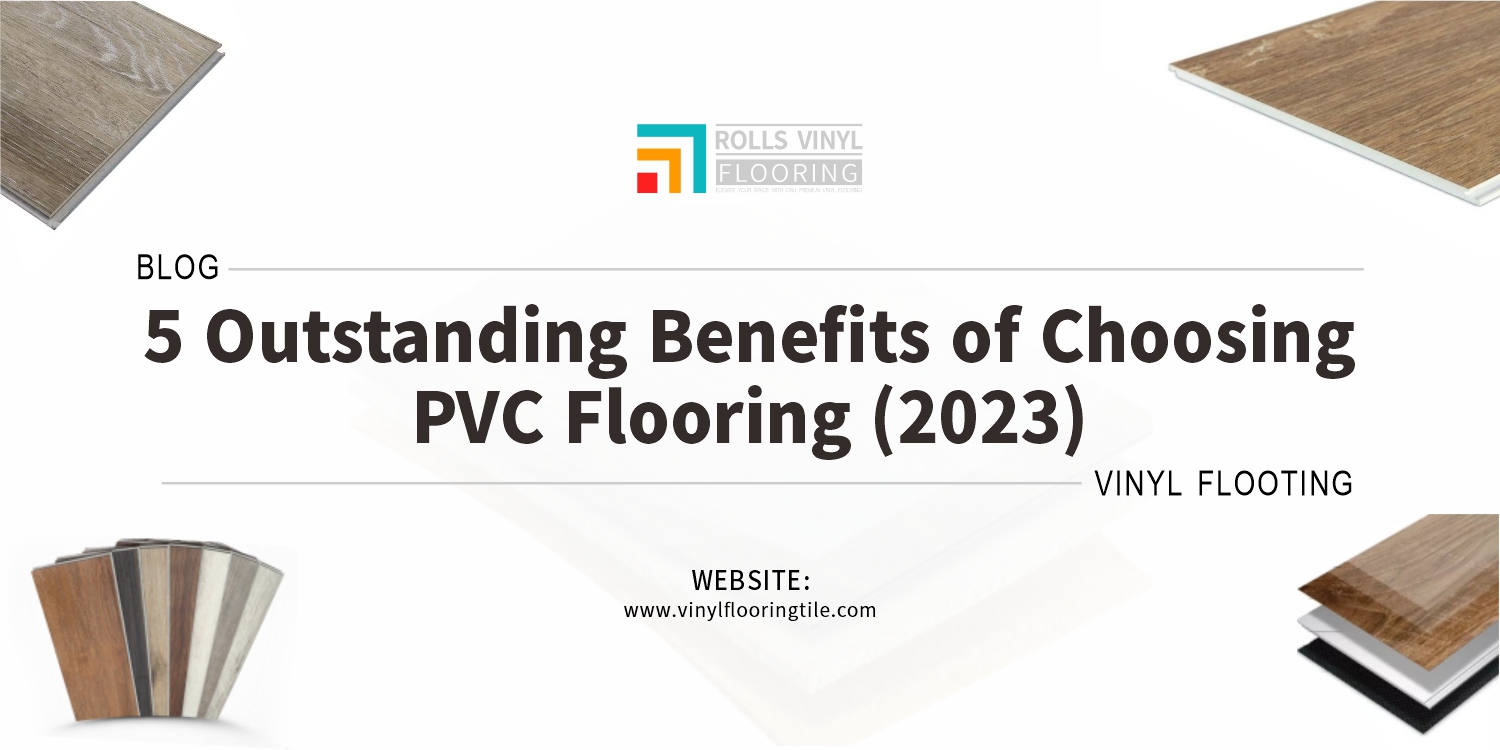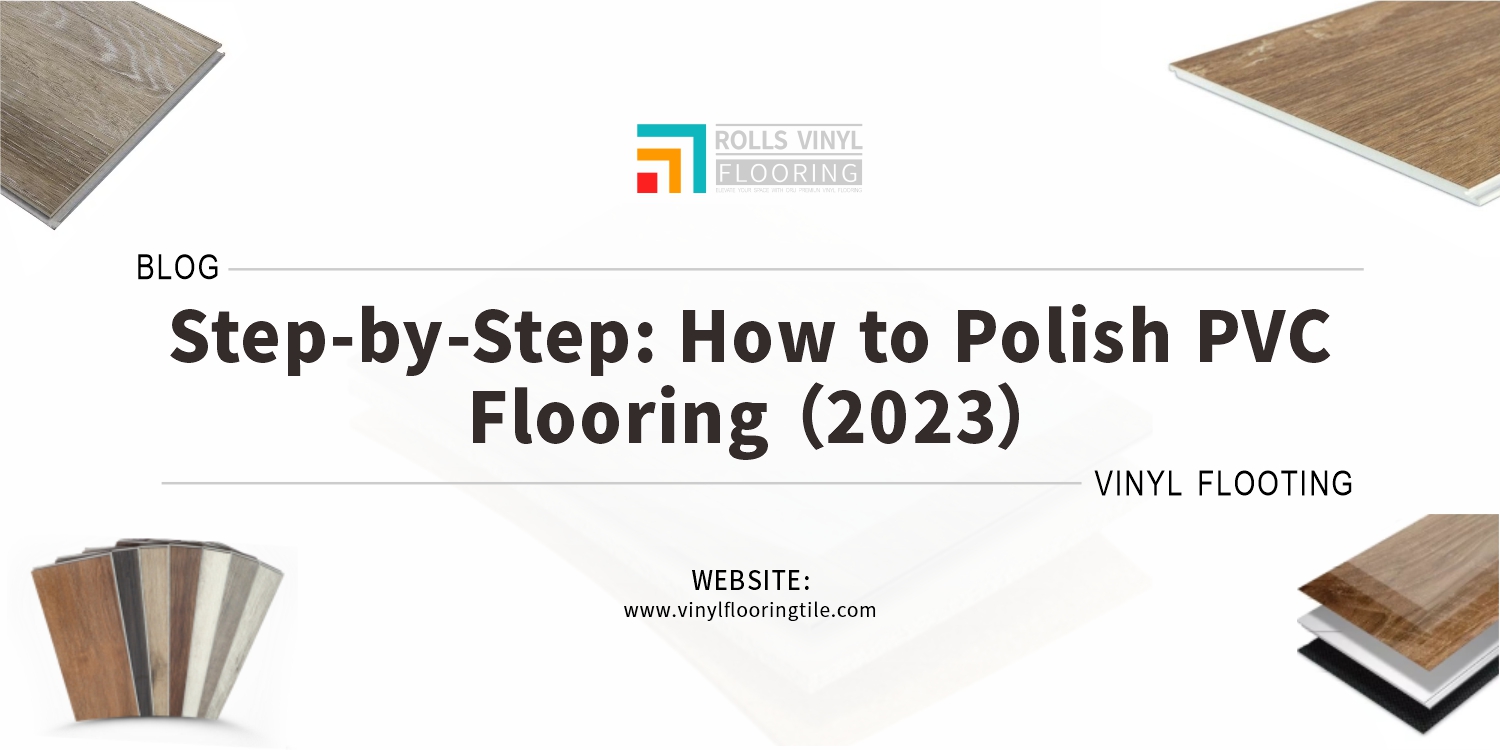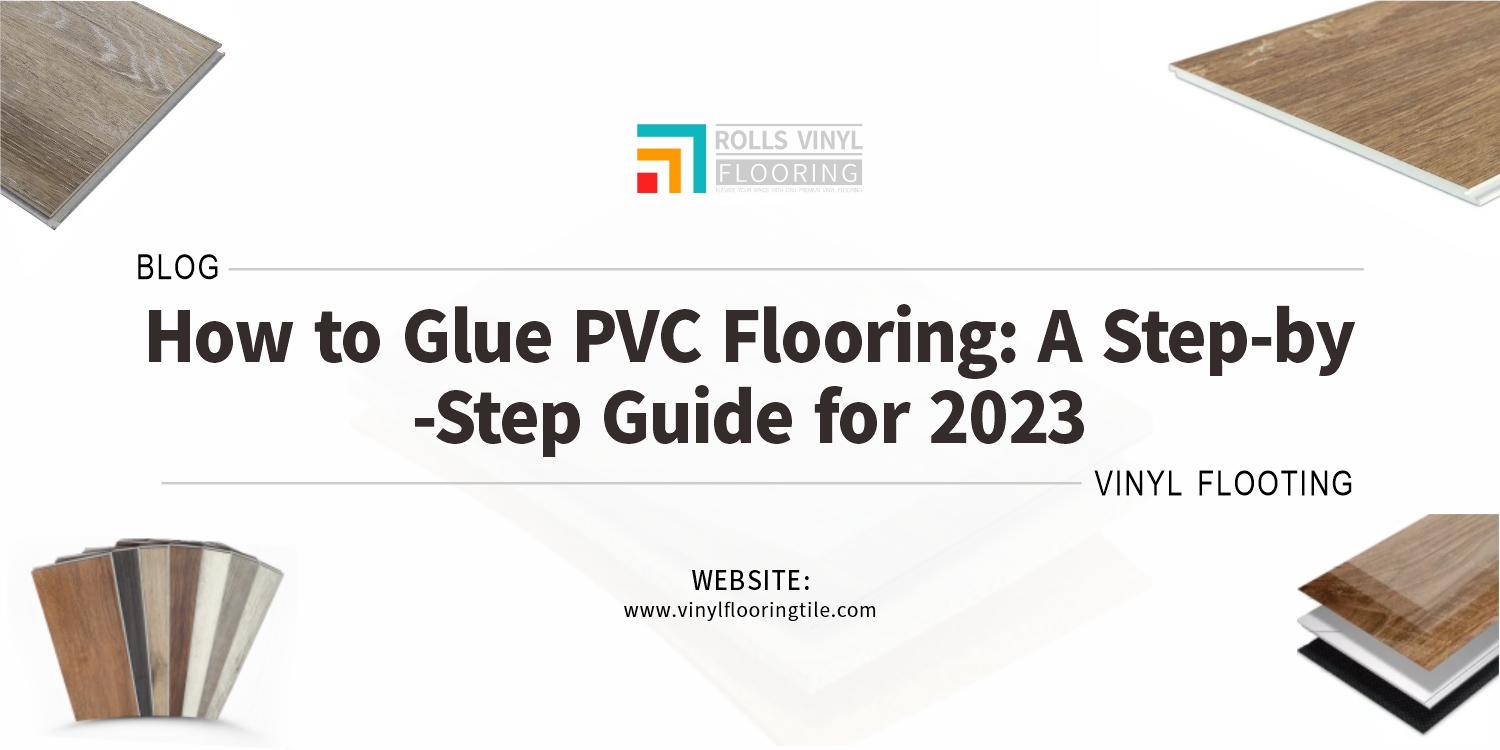When it comes to selecting LVT flooring, the pattern you choose can make a significant impact on the overall look and feel of your space. In this article, we’ll explore different LVT flooring pattern types and factors to consider when choosing one. We’ll also walk you through the installation process, so you can achieve beautiful and durable flooring.
LVT flooring offers a wide range of pattern options, including Herringbone, Chevron, Plank, and Parquet. When choosing a pattern, factors to consider include space, color, and room function. The installation process involves preparing the subfloor, measuring and cutting the tiles, adhesive application, and laying the tiles.
Whether you’re remodeling your home or designing a new space, understanding the factors involved in selecting the perfect LVT flooring pattern can help you create a beautiful and functional environment. Keep reading to learn more about the different types of patterns and installation processes.

1. Introduction what is the LVT Flooring
Luxury vinyl tile (LVT) flooring is a popular type of flooring material that has gained popularity in recent years due to its durability, affordability, and versatility. LVT flooring is composed of luxury vinyl tiles, which are square tiles that come in a variety of sizes, from small mosaic-style tiles to large plank or rectangular tile. These tiles can be arranged in different patterns, including the chevron pattern, offset pattern, and grid flooring pattern.
The chevron pattern involves arranging the tiles at a 45-degree angle, creating a V-shaped pattern that adds visual interest to the flooring. The offset pattern involves arranging the tiles so that the vertical and horizontal points do not line up, creating a staggered effect. The grid flooring pattern is a more traditional grid pattern, where the tiles are arranged in a perfect grid formation.
In addition to these patterns, luxury vinyl tiles can also be arranged in a random pattern, where tiles of different sizes are mixed to create a unique and natural-looking flooring surface. This can be especially useful for creating a more organic look on concrete floors.
LVT flooring is available in a variety of colors and designs, and it can mimic the look of other flooring materials such as wood, stone, or ceramic. Additionally, LVT flooring is designed to be installed easily, and it can be installed over existing flooring surfaces.
Luxury vinyl flooring is a durable and versatile flooring material that is well-suited for a wide range of applications. Its ability to mimic other flooring materials, its affordability, and its ease of installation make it a popular choice for homeowners and businesses alike.
2. Types of Patterns
Herringbone
The herringbone pattern involves arranging rectangular luxury vinyl tiles at a 90-degree angle to create a zig-zag pattern. Each tile is placed at a 45-degree angle to the adjacent tiles, which creates a “V” shape. This pattern is often used to create a classic, sophisticated look, and it can be used in a variety of room styles, from traditional to modern.
Chevron
The chevron pattern is similar to the herringbone pattern, but the tiles are cut at an angle and laid in a continuous zig-zag pattern that forms a “V” shape. This pattern creates a more dramatic effect than the herringbone pattern, and it can make a bold statement in any room. The chevron pattern is particularly popular in contemporary or modern spaces.

Plank
The plank pattern is one of the most common and popular patterns for luxury vinyl flooring. In this pattern, rectangular vinyl tiles are arranged in a staggered formation, with each row offset by half the width of the tile. This creates a natural wood plank look that can be used to mimic a variety of wood species and colors. The plank pattern is particularly well-suited for larger rooms, as it can help to make the space feel more open and expansive.
Parquet
The parquet pattern involves arranging luxury vinyl tiles in a geometric pattern, usually in a repeating square or diamond shape. This pattern can create a sophisticated, high-end look that can be used in a variety of styles, from traditional to contemporary. Parquet patterns can be particularly effective in small rooms or areas, as the intricate pattern can create a sense of visual interest and depth.
3. Factors to Consider When Choosing a Pattern
Space
When choosing a pattern for LVT flooring, it’s important to consider the size and shape of the space. In general, smaller spaces can benefit from smaller tiles, such as mosaic-style tiles or alternating rectangles, which can help to create the illusion of more space. Larger spaces, on the other hand, can handle larger tiles or unique patterns, such as the running bond pattern, which can create a sense of movement and flow.
Color
The color of the flooring pattern is another important factor to consider. Neutral colors can provide a timeless, classic look that can work well in a variety of room styles and color schemes. For a more contemporary look, bolder colors can be used to create a striking contrast with other elements in the room. It’s also important to consider how the flooring color will interact with other design elements in the space, such as wall color, furniture, and accessories.
Room Function
The function of the room should also be taken into account when choosing an LVT flooring pattern. For high-traffic settings, such as entryways, hallways, and kitchens, it’s important to choose a pattern that can withstand wear and tear, such as a surface texture or slight variation in the tile design that can help to hide dirt and wear. For more formal spaces, such as dining rooms or living rooms, unique patterns or surface designs can create a sense of elegance and sophistication.
4. Installation Process
Preparing the Subfloor
The first step in installing LVT flooring is to prepare the subfloor. This involves ensuring that the subfloor is level, clean, and free of debris. Any imperfections or unevenness in the subfloor should be addressed before installation begins to ensure a smooth, level surface. If the subfloor is concrete, it may need to be sealed to prevent moisture from seeping up into the tiles.
Measuring and Cutting the Tiles
Once the subfloor is prepared, the next step is to measure and cut the LVT tiles. Depending on the pattern being used, the tiles may need to be cut to fit around corners or other obstacles in the room. It’s important to measure carefully and accurately to ensure that the tiles fit together properly and create a seamless, cohesive look.
Adhesive Application
After the tiles have been cut, the adhesive is applied to the subfloor using a notched trowel. The type of adhesive used will depend on the specific product being installed, as well as the subfloor material. It’s important to follow the manufacturer’s instructions carefully to ensure that the adhesive is applied correctly and evenly.

Laying the Tiles
Once the adhesive has been applied, the LVT tiles are laid on top of the subfloor, starting at one end of the room and working toward the other. Depending on the pattern being used, it may be necessary to snap chalk lines or use spacers to ensure that the tiles are laid in a straight line and create the desired pattern. As each tile is laid, it should be pressed firmly into the adhesive to ensure a strong bond.
Overall, the installation process for LVT flooring patterns can be relatively straightforward, but it’s important to follow the manufacturer’s instructions carefully and pay close attention to the details. With proper preparation and installation, LVT flooring can provide a durable, beautiful flooring solution that can last for many years.
Choosing the right LVT flooring pattern can make a significant difference in the overall appearance of your space. By considering the factors we’ve discussed in this article and following the installation process, you can create durable, functional, and beautiful LVT flooring that suits your needs and personal style.


